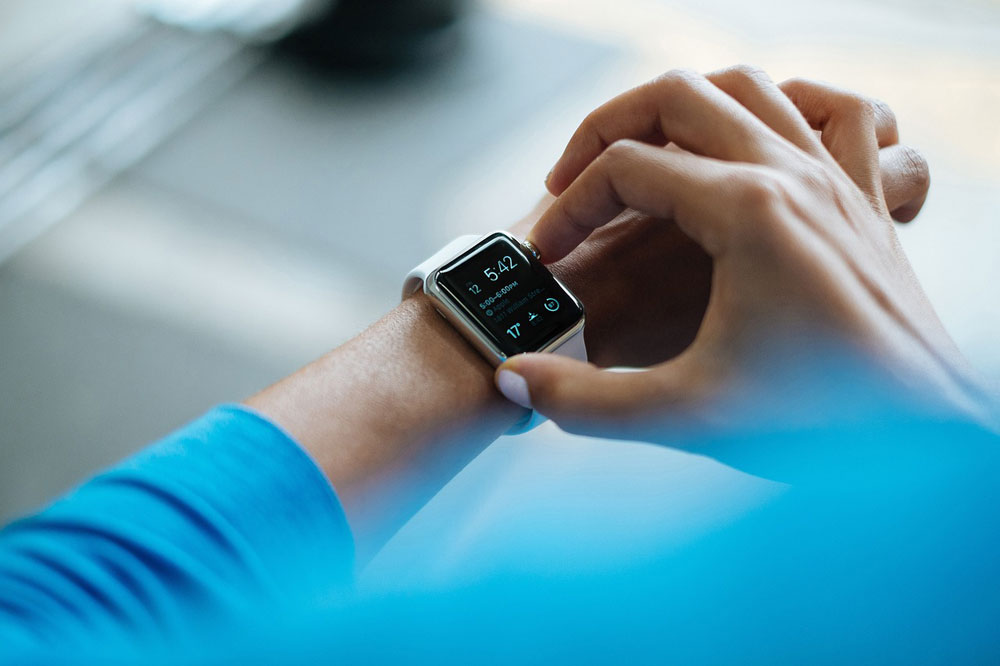
Wearable technology can no longer be dismissed as a fad. Consumers have been steadily adopting these devices in recent years. The trend shows no signs of slowing.
That's largely due to the increased capabilities of wearable tech. Obviously, smartwatches could always do more than simply tell time. However, as developers continue to experiment with them (and major companies such as Uber develop wearable-based apps), the power of these devices continues to grow.
This is only the beginning. As Android and iOS mobile application development continues to advance, wearables will become even more attractive. Lower price points and emerging innovations will result in even more businesses and consumers embracing wearable tech in the near future.
Popular Wearable Devices
Major wearable devices currently fall into three main categories. They are:
Smartwatches: Popular smartwatch devices offer a range of features. With a typical smartwatch, a user can make a phone call, receive app alerts, take pictures, play music, and more.
Fitness Trackers: Like smartwatches, fitness trackers are usually worn around the wrist. The difference between the two relates to the functions they offer. Fitness trackers monitor key health-centric data points, including heart rate, steps per day, and more. This helps everyone from the average person to elite athletes make healthier lifestyle choices.
Miscellaneous: Although smartwatches and fitness trackers may be the most popular wearable devices right now, VR/AR headsets, haptic gloves, and similar devices are also emerging. Consumers may not be ready to embrace them on a large scale just yet, but they will be in the future as the technology improves.
Influence on the Mobile Market
The wearable revolution has just begun. Over the next few years, we'll begin to see exactly how these devices will impact the mobile industry in general. Tens of thousands of apps are already compatible with the Apple Watch. As more users purchase such devices, more apps will become available.
Developers should begin to focus on translating apps to wearable-friendly iterations now. Although the wearable version of an app should offer essentially the same features as a smartphone or tablet version, it also needs to be designed for a smaller screen. It should also use less power than a typical mobile app.
Development teams must also consider how emerging innovations will further expand the capabilities of wearables. Everything from gesture control systems to heart rate monitors will allow developers to create wearable-based apps that offer truly dynamic user experiences.
Now's the time to begin exploring this technology. Again, trends show wearables will only become more popular in the coming years. Those who experiment with it sooner rather than later will be better equipped to identify how to leverage wearables to their full potential.
Guest Author
Alexa Marino
